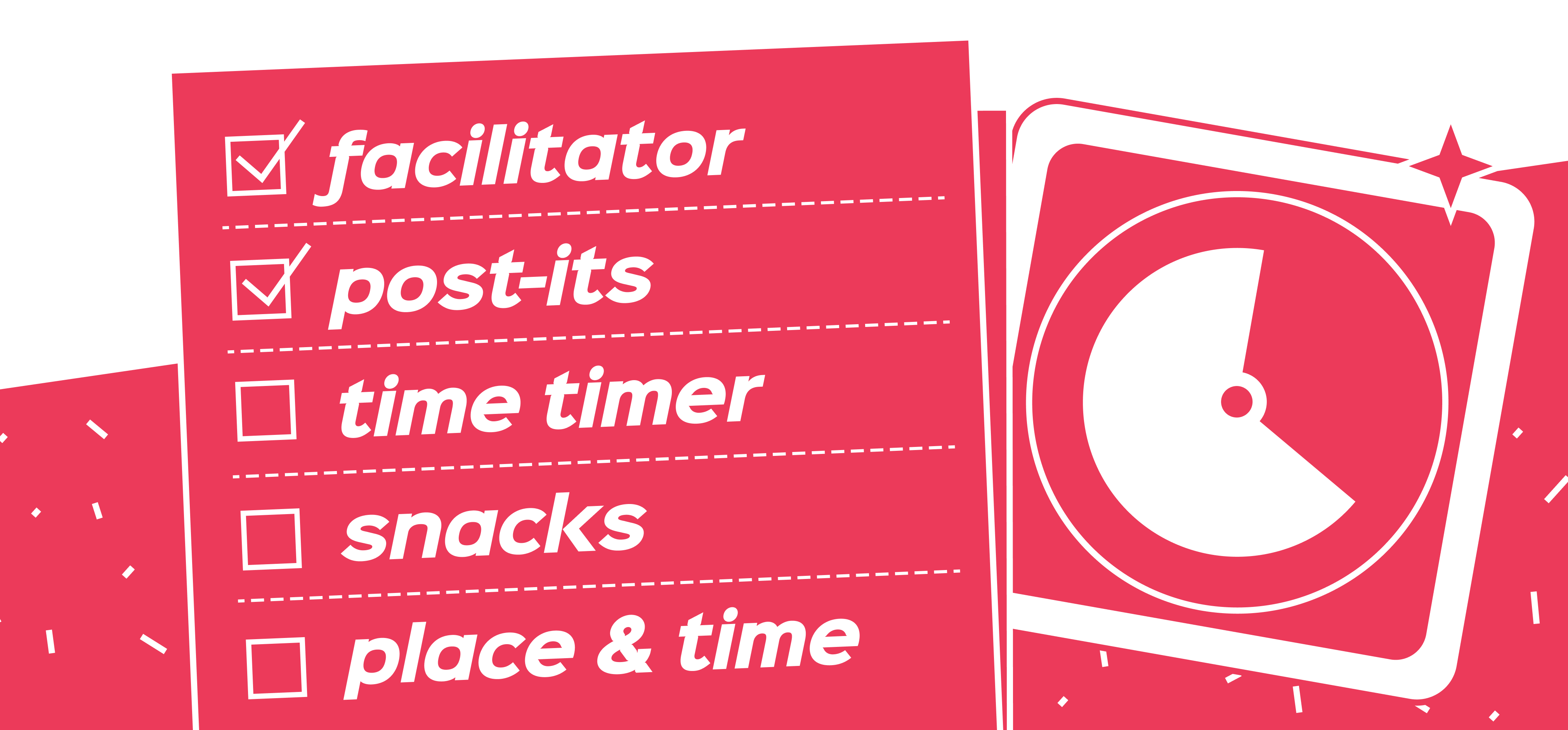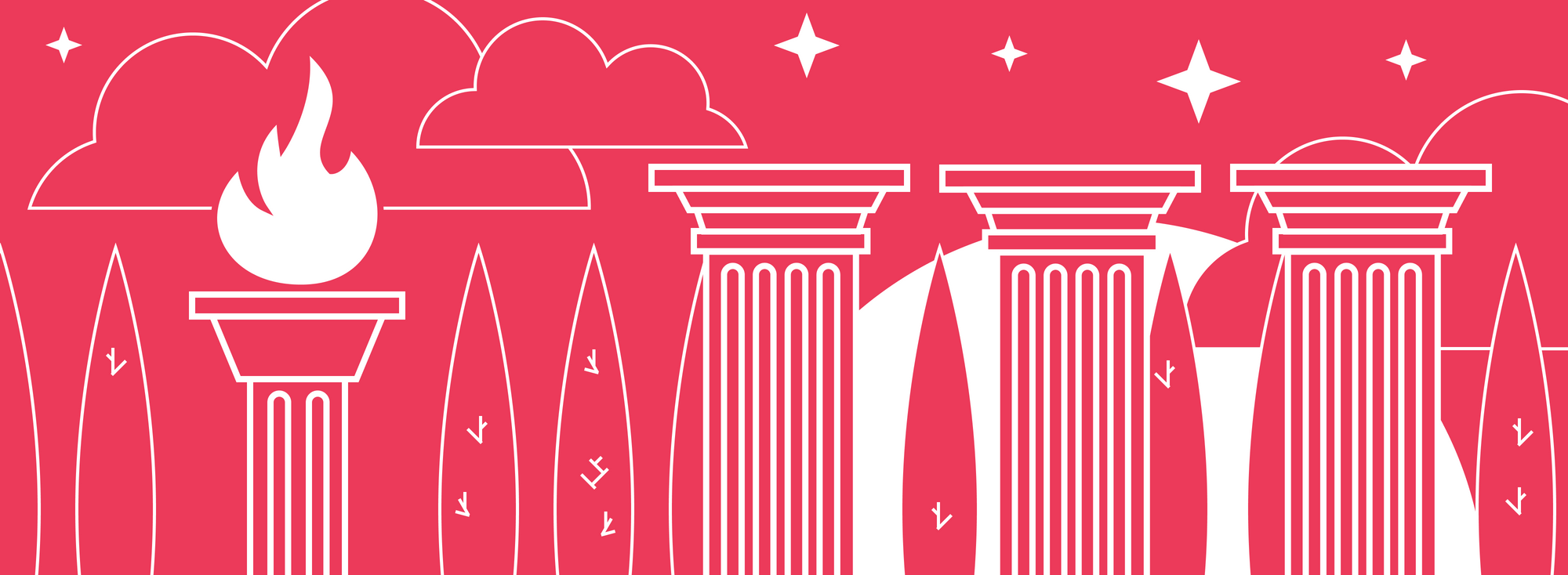Can you imagine a morning without a mug of freshly brewed, amazingly fragrant coffee? Me neither. We all have these little things that make our days go the way we enjoy them. In his book, The Story of Philosophy, Will Durant says:
“We are what we repeatedly do.”
And that is the kind of thought that fits us in LB* perfectly.
Why we love rituals
In our work, change is constant and we need to be flexible. In particular because we consider ourselves lean. There is no such thing as a stereotype for us. However, it is very easy to forget and to turn off the road, even though we have a clear vision of where we are heading with a project. That is why we need our rituals – a set of regular activities that help our teams stay on track and focus on the right priorities.
Here is a list of some of those we use and love the most:
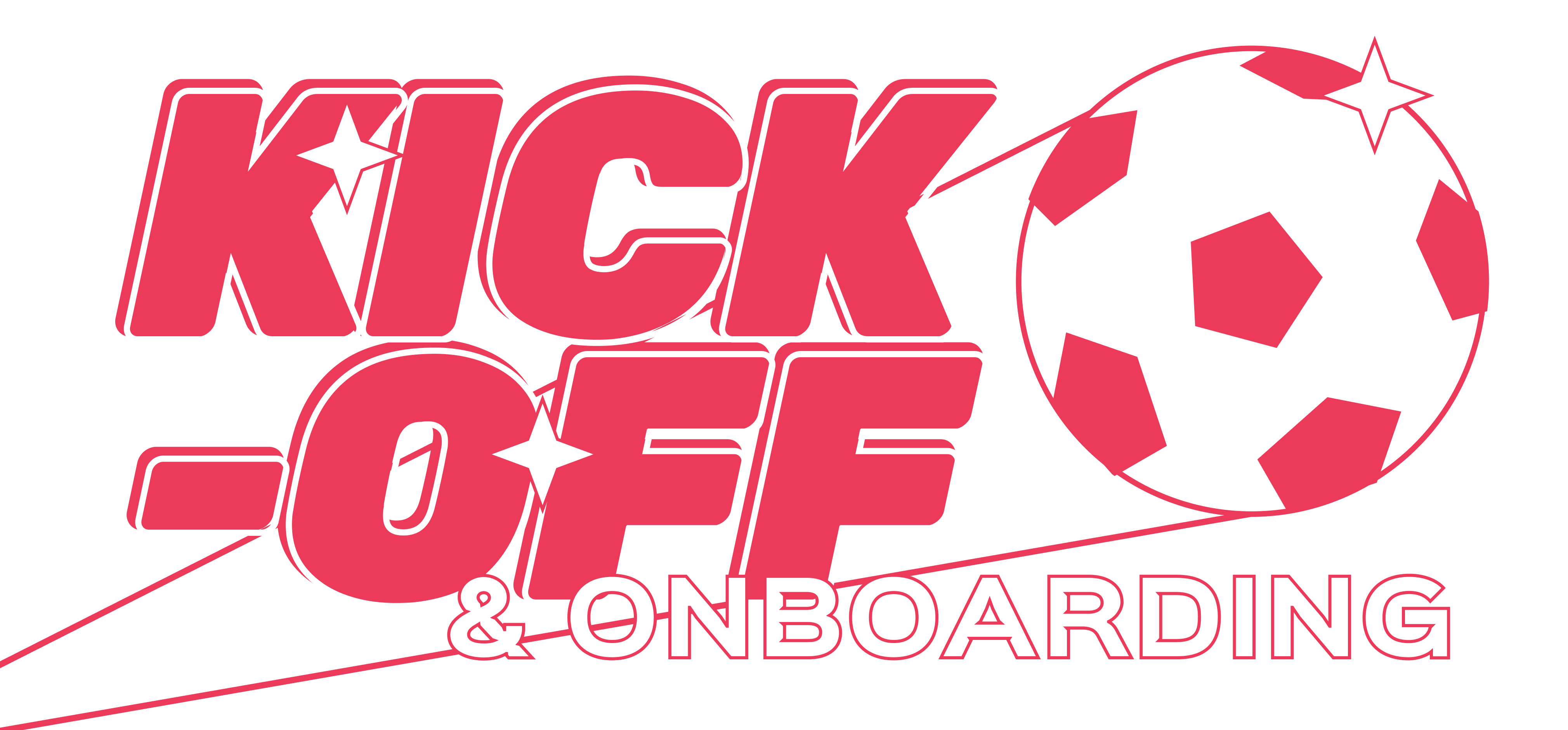
0. Project kick-off and onboarding
Each project has its own unique challenges and it is more than important to define them correctly. The project kick-off is the place where this can be found. It is the first meeting of a full team, where we build that all-important shared understanding of our goals and potential challenges amongst team members.
Before we start doing anything, we all need to understand why the project even makes sense. We define our roles and responsibilities and prepare a high-level work plan to transform our wishes into goals.
By the end of the meeting, we ideally should have the information about why the project is crucial, how we will determine if the project was a success, what approach or methodology we will follow and what the major dates or milestones for key points are.
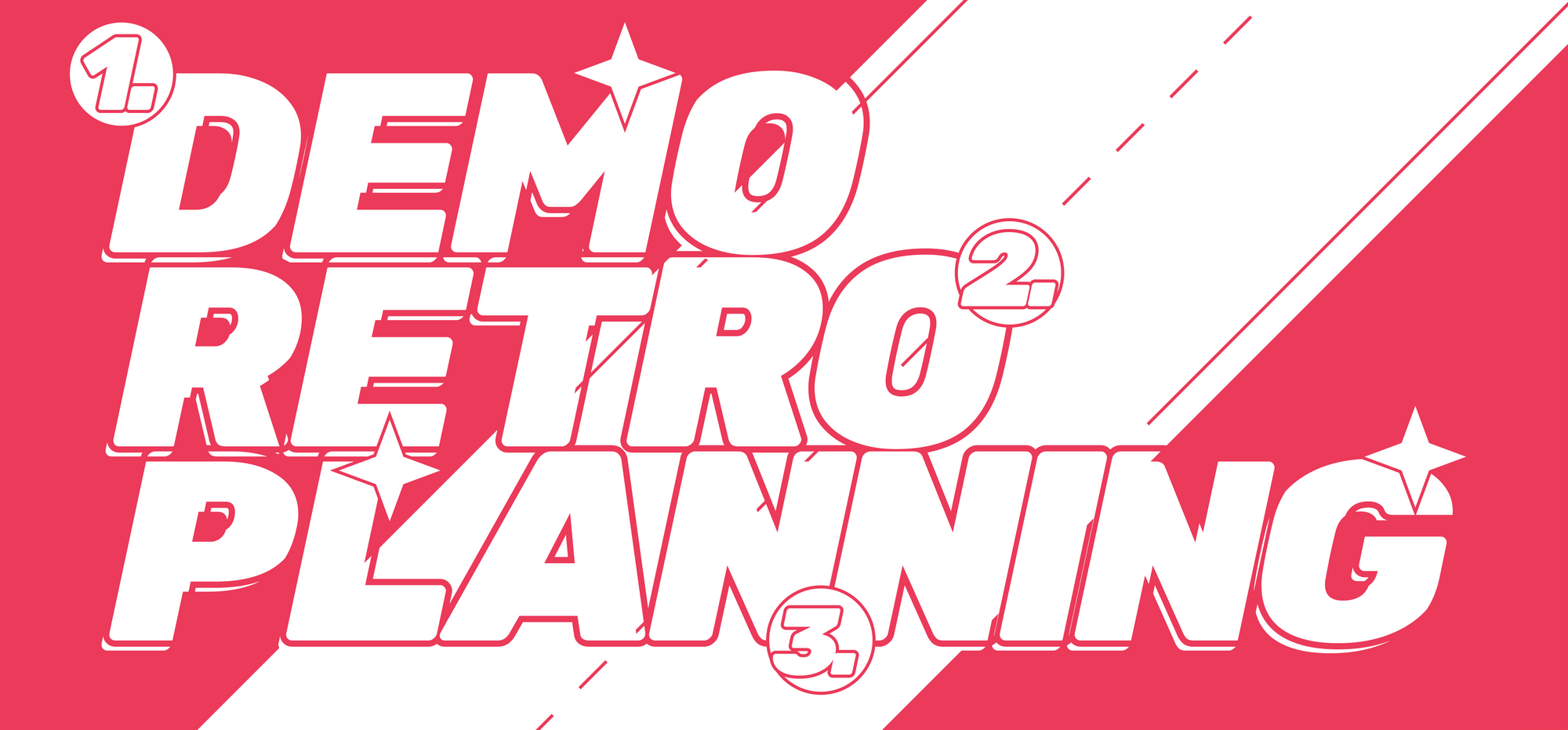
1. Demo
Or if you want, we can be fancy and call it: Showtime! The demo takes place at the end of each two-week sprint. It is simply a bi-weekly showcase of outputs that we as a team managed to create since we last met. During the demo, every member should share their masterpieces with others – we usually do this by putting some screenshots to the never-ending Google slides presentation: for a certain project, we only have one for all demos, so that we can easily see our progress.
It is always encouraging to see how our pieces go together and gradually form the final product we work on. What's most important is that demo is a great springboard for the continuous feedback we provide to each other in retrospective meetings.
2. Retrospective
Let's go back in time! The retrospective is perhaps one of the most beneficial tools for our teams. It helps us evaluate the good and identify the worse moments of the sprint, with an emphasis on defining improvements in problematic spots. In addition, it supports the engagement of individual team members, advocates collaboration, talking and setting boundaries so that solutions are both deployable and business friendly.
So how do we do this? At first, we answer two simple questions:
- What did we manage to do well?
- What could we have done better?
Again, we do that in a digital space and Google spreadsheets have been pretty useful so far. We take some time for that together and after we finish, we read our observations one by one and share it with others. We don't hold back when it comes to praise and we don't fear facing the issues either. This is the best time to be really honest. Staying transparent gives a great opportunity for improvement.
After that, we move on to the most important point of the retrospective and it is the call-to-action. We all try to figure out the question:
- What are our next steps (based on previous answers)?
We suggest what we plan to improve and focus on during the next sprint, so that we avoid previous trouble spots. It's also good to write it down and have it in front of us to keep that in mind.
3. Planning
Our retrospective ritual is normally followed by planning, where we sync our expectations and set well-defined, reachable goals that we would like to accomplish to make the next sprint a success.“Plans are nothing, planning is everything.”
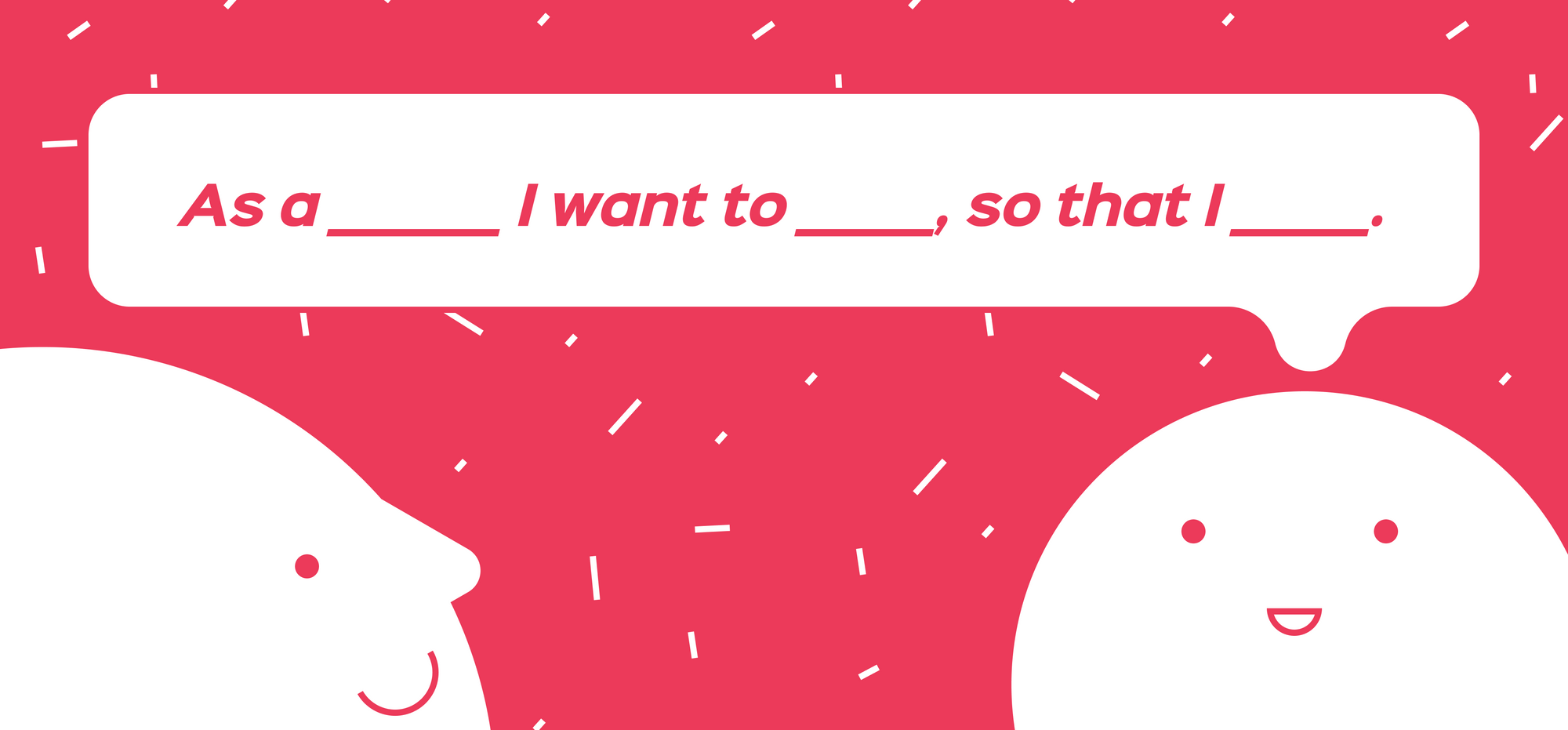
TIP: Sometimes we find it helpful to set the sprint goal in form of a particular user story. We can do it in the form of a sentence that describes the user’s need to accomplish some goal:
As a ___ I want to ___, so that I ___.
So when we, for example, design a health-care tool for parents, it can go like this: As a [parent], I want to [know about the results of my child's blood test as soon as possible], so that I [know that he is safe and can go to school]. We also describe what determines this goal as done – some acceptance criteria, i.e. parent receives notification with blood results.
Once we are aligned on the sprint goal, we are able to define the outcomes that we have to deliver and specify detailed tasks that need to be done. Here comes the budgeting, when we estimate how much time or how many story points specific tasks will require. According to this, we are able to define priorities that we have to deliver to achieve a minimum viable solution, or improve its fidelity if that is a goal of the sprint.
Then we continue by estimating our capacities: we usually draw a big table with dates on a whiteboard and every member puts a tick by days they are available and a cross by those days they are not. This is how we can easily count how much time each of us will spend working on the project during the sprint. It allows us to distribute prioritized tasks and spot any dependencies. And the next sprint can begin!
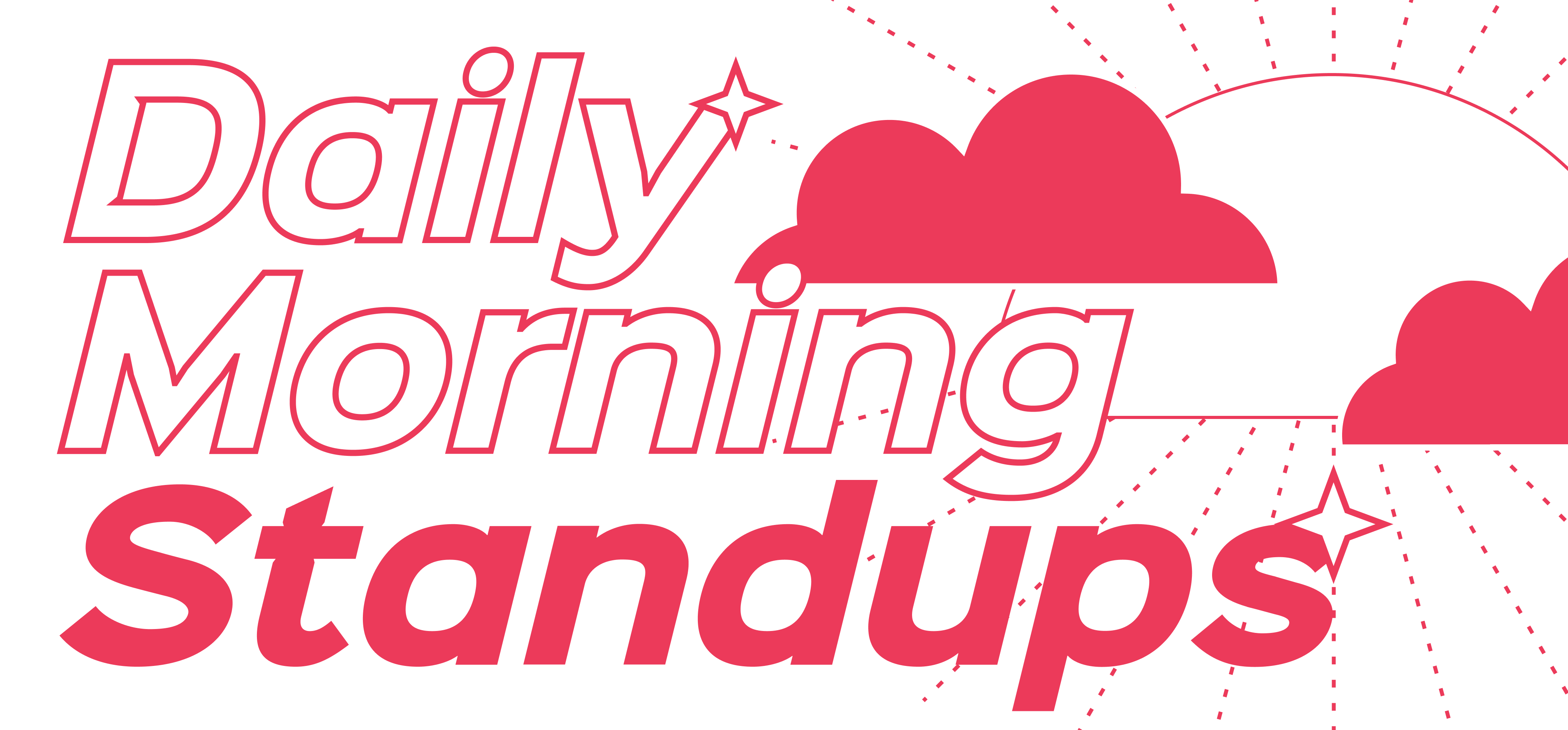
4. Daily morning standups
The standup is the only ritual that we do on a daily basis. It's nothing complicated, but it’s genuinely helpful. Every morning, we let our team know what each of us managed to do yesterday, what we plan on doing today and whether we have any blockers (some possible obstacles that could occur / have occurred already and make it impossible for us to achieve the goal). It's not necessary to meet for the standup (especially when we work from different places), so we like to use Slack or Skype calls.
We love being transparent and thanks to this ritual everyone knows what's going on with the project. It typically lasts just a few minutes but can define how the whole day will look. Keeping everyone updated helps us be agile and flexible and solve the possible problems together and faster.
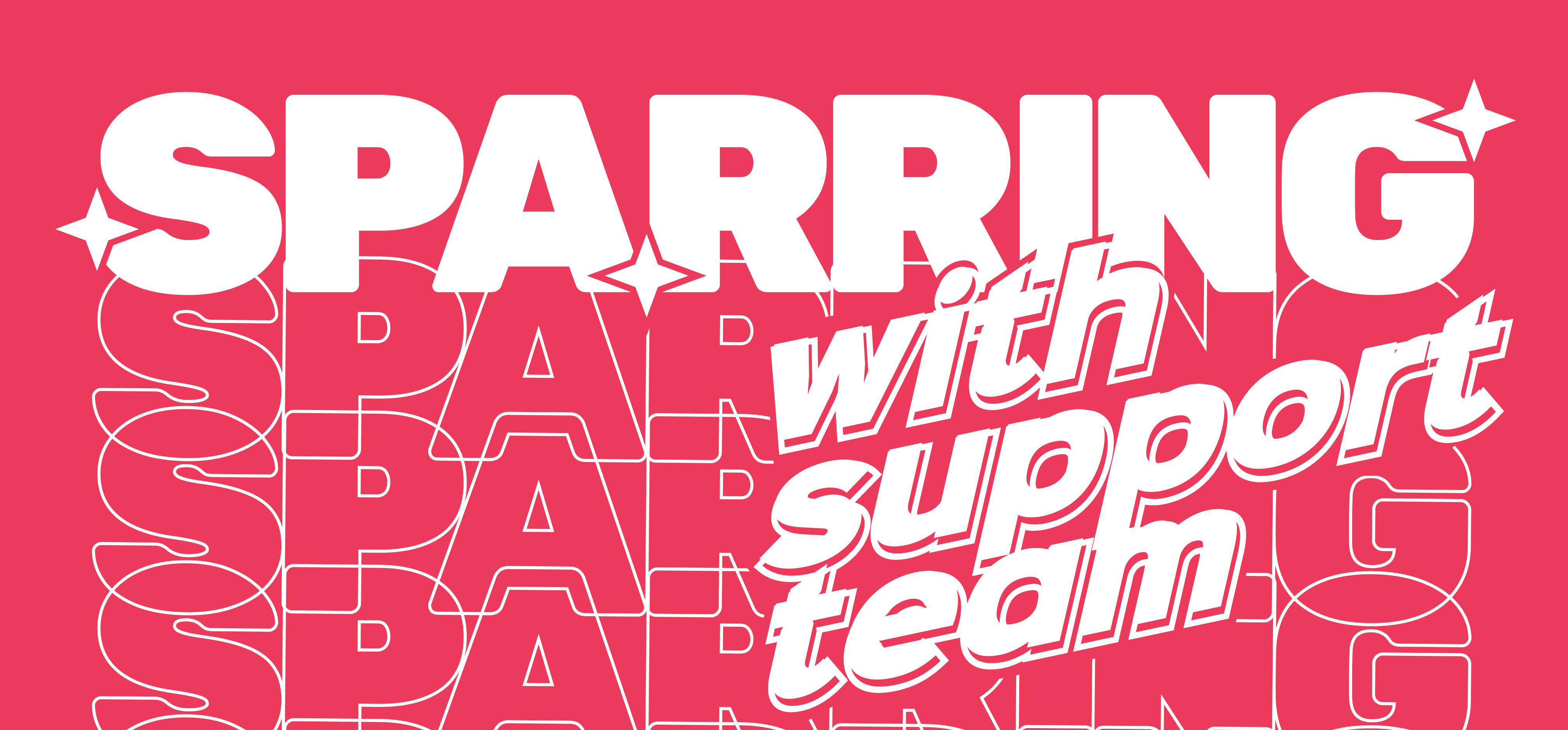
5. Sparring with the support team
Last but not least, a great place that helps the team to be “in the same boat” is sparring: a 1 – 2 hour cooperation of every member of the value team & important stakeholders at one place, once a week. It is a great place to brainstorm ideas together on how to grab a given issue and understand why the solution was chosen.
The key benefit of such ritual is that we maintain a shared understanding at all times: we know that design is all about collaboration, not a solo activity. Also, we measure the value asap & often and fix the process – not just the product.
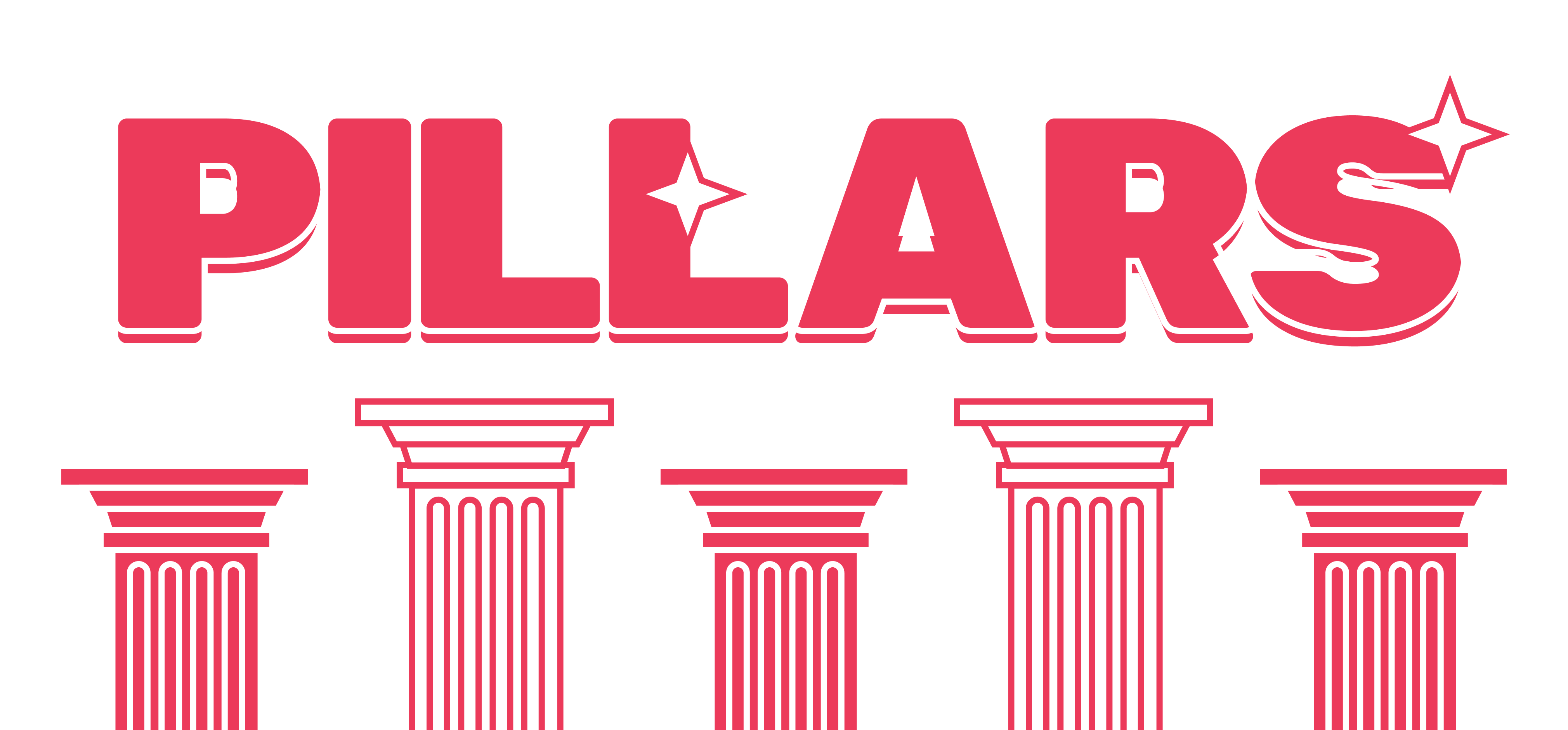
Pillars of our rituals
To wrap this all up, here is a list of some useful not-to-forgets we cannot imagine our rituals without:
- Place and time: If we don't schedule it well in advance, it's never going to happen. Simple as that. It might sound too obvious, but it's easy to forget. Finding the regular time and place is half of the success.
- Facilitator: As one of our colleagues said, an effective facilitator is like a good DJ: they can sense and respond adequately to the mood in the room. Having an active listener and nifty speaker at the same time helps us to focus in the right direction.
- Time timer: an audible countdown timer. We learned to trust the process and to never underestimate the power of timing. This magic item always keeps us on track and pushes us to be as effective as possible. Try it too!
- Post-its: the best friends of UX designers, right? Arthur Fry, who first used them in 1947 to not get lost in his hymnbook, probably didn't know that it would become the perfect tool of ideation for thousands of designers.
- Snacks: Well, nobody likes sitting there hungry. Food connects people and having a familiar, homey atmosphere in our events makes it all much nicer.
So yeah, that was how we like to work regularly. If you also have some unique rituals that work for you, feel free to share them with us. We always love to improve!
